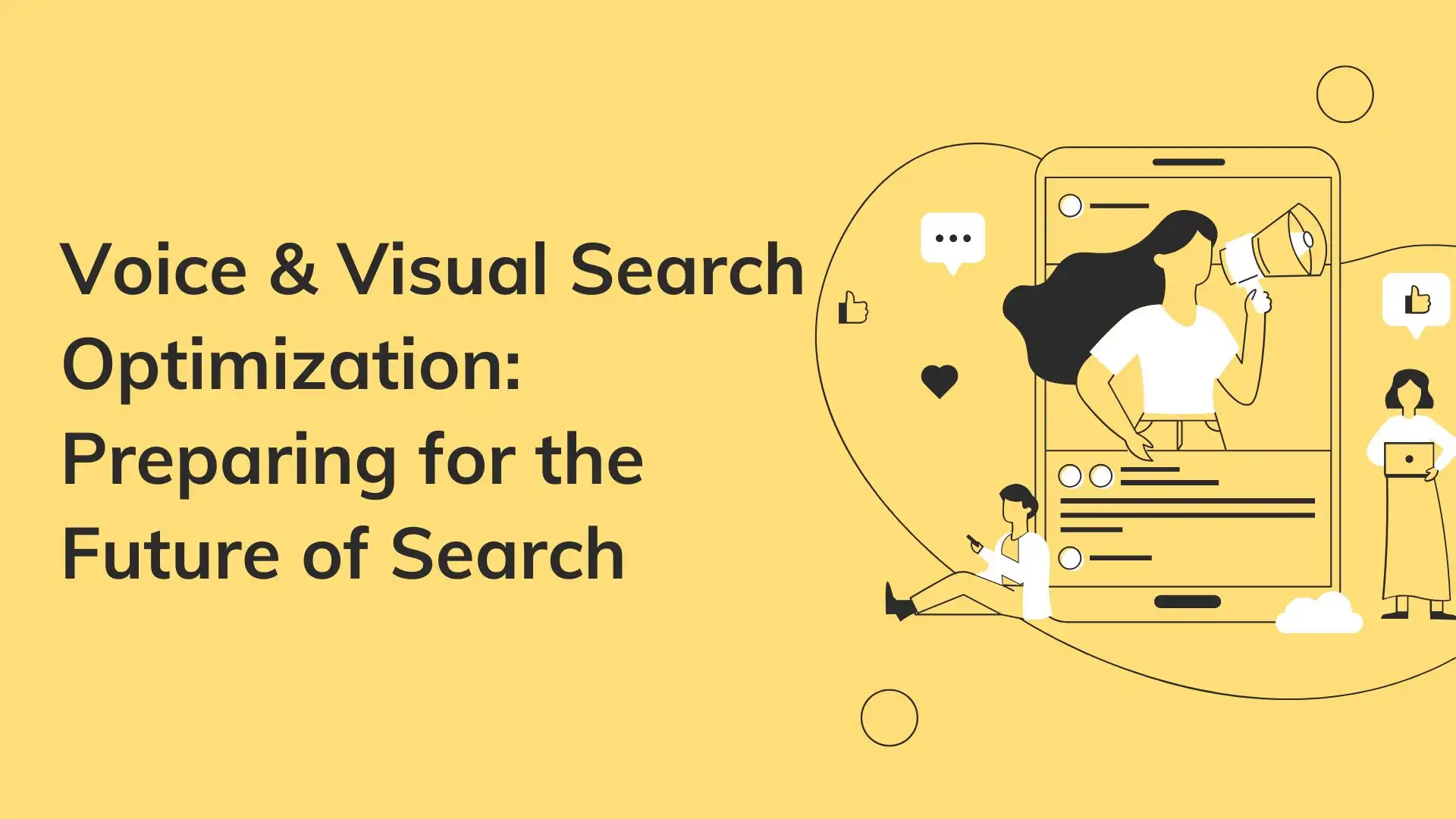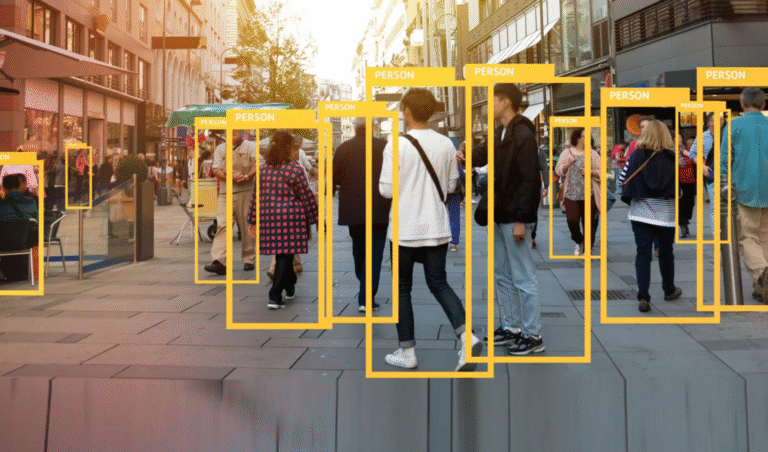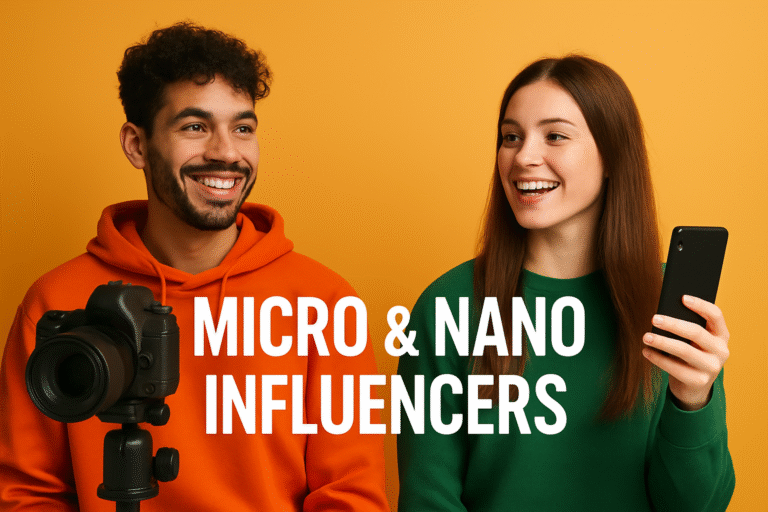Voice, Visual & “Answer Engine” Search Optimisation
Search marketing is changing faster than ever. What used to be a world of typed keywords and blue links is now being replaced by voice queries, image-based searches, and AI-powered answers.
In 2025 and beyond, digital marketers must look beyond traditional SEO — and embrace Voice, Visual, and Answer Engine Optimization (AEO) to stay visible in a world powered by smart devices and intelligent assistants.
The Changing Face of Search
Search engines aren’t just search engines anymore — they’ve evolved into answer engines.
With tools like Google’s Gemini, ChatGPT, and Microsoft Copilot becoming mainstream, users now expect instant, conversational answers — not just lists of links.
Add to that the rise of:
- Voice search (via Alexa, Google Assistant, and Siri)
- Visual search (using images instead of words, like Google Lens or Pinterest Lens)
…and the way people discover information online has fundamentally transformed.
To keep up, brands need to optimize not only for keywords — but for intent, context, and user experience.
1. Voice Search Optimization: Speak the User’s Language
Voice search is no longer futuristic — it’s everywhere. Millions of users now say,
“Hey Google, where’s the nearest coffee shop?”
“Alexa, what’s the best budget smartphone this year?”
Unlike traditional searches, voice queries are longer, more conversational, and more question-based.
How to Optimize for Voice Search
- Use natural, conversational phrases instead of robotic keyword stuffing.
- Include question-based content (“What is…?”, “How do I…?”).
- Build an FAQ section that directly answers user questions.
- Focus on local SEO — voice users often look for nearby businesses (“near me” searches).
- Ensure your website loads fast and is mobile-friendly — essential for voice-driven devices.
Voice search optimization is about thinking like a human, not like a search engine.
2. Visual Search Optimization: When Images Speak Louder Than Words
Visual search allows users to search using images instead of typing — for example, taking a photo of a pair of shoes and instantly finding where to buy them online.
Platforms like Google Lens, Pinterest, and Bing Visual Search have made this technology mainstream.
How to Optimize for Visual Search
- Use high-quality, descriptive images for all your products or services.
- Add alt text that clearly describes what’s in the image.
- Include structured data (schema markup) to help search engines understand visual content.
- Keep your filenames descriptive — e.g., “red-leather-handbag.jpg” instead of “IMG_001.jpg”.
- Create image-rich content — blogs, lookbooks, infographics — that align with your SEO goals.
In essence, your visuals should tell a story search engines can understand.
3. Answer Engine Optimization (AEO): Getting Featured in AI Results
With the rise of AI-driven search engines and generative assistants, users no longer want to browse 10 websites — they want one trustworthy answer.
That’s where Answer Engine Optimization (AEO) comes in.
AEO focuses on making your content the one that AI tools, chatbots, and voice assistants choose to display.
How to Optimize for Answer Engines
- Write clear, structured, and factual content — avoid fluff.
- Use H2 and H3 headings to organize answers logically.
- Provide direct, concise answers within 40–60 words for each key query.
- Optimize for featured snippets — the “position zero” on Google.
- Use schema markup to make your content machine-readable.
The key is to become the expert answer provider in your niche — so when users ask, “What’s the best way to…?”, your site is what AI systems quote.
Why This Shift Matters
The days of typing short keywords are fading. Today’s search experience is multisensory, conversational, and immediate.
People want to:
- Talk to devices (voice)
- Show pictures (visual)
- Get direct answers (AEO)
Brands that adapt early to this new behavior will lead the digital race — because visibility isn’t just about ranking anymore; it’s about being found, understood, and trusted.
Steps to Future-Proof Your SEO Strategy
- Combine Voice, Visual & AEO Efforts — Integrate all three into one unified strategy.
- Focus on Intent, Not Keywords — Understand what users truly mean behind every search.
- Use Structured Data — Help search engines and AI interpret your content more accurately.
- Prioritize Mobile and Page Speed — Voice and visual searches often happen on the go.
- Keep Content Conversational — Write as if you’re talking to your audience, not lecturing them.
The Future of Search Is Human
The irony of all this technology is that the future of search is becoming more human.
We no longer talk to machines like machines — we expect them to understand us like people.
That means successful SEO is no longer about tricking algorithms; it’s about serving humans better.
Final Thought:
As AI continues to shape how we search, brands that adapt to voice, visual, and answer-driven discovery will own the next era of digital visibility.
The question isn’t “Will you optimize?” — it’s “Will you be the answer?”






